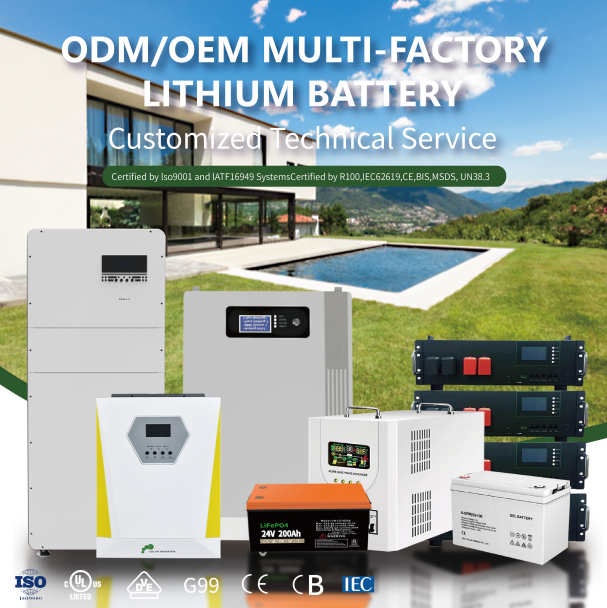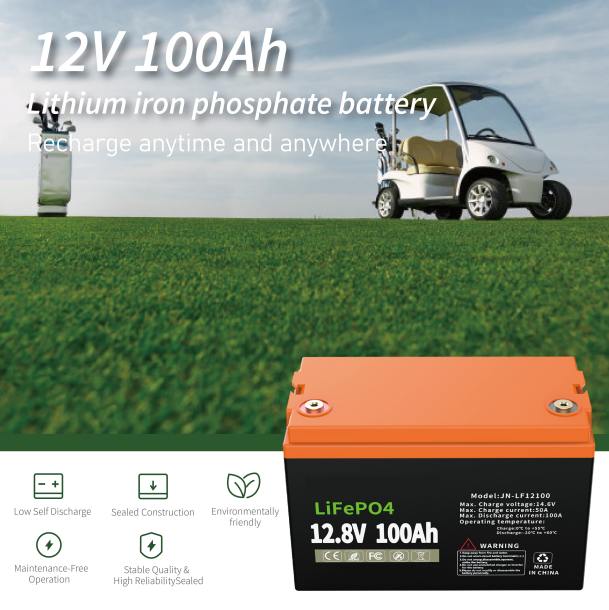●Constant voltage charging
During the charging process, the output voltage of the charging power supply remains constant. As the charging state of the lithium iron phosphate (LiFePO4) battery pack changes, the charging current will be automatically adjusted. If the specified voltage constant value is set appropriately, it will not only ensure that the power battery is fully charged, but also minimize gassing and water loss.
This charging method only considers the change in the battery voltage, which cannot effectively reflect the overall charging state of the battery. Its initial charging current is too large, which often causes damage to the power battery. In view of this shortcoming, the constant voltage charging method is rarely used.
● Constant current charging
During the charging process, the charging current is kept constant by adjusting the output voltage. When the charging current is kept constant, the charging rate is relatively low. The control method of constant current charging is relatively simple. However, since the acceptable current capacity of the lithium battery pack will gradually decrease as the charging process progresses, the power battery’s power receiving capacity will decrease in the later stage of charging, and the charging current utilization rate will also be greatly reduced. The advantages of this method are simple operation, convenience, and easy calculation of charging capacity.
● Constant current and constant voltage charging
This charging method is a simple combination of the above two methods.
The first stage uses constant current charging to avoid excessive charging current in the initial stage of constant voltage charging.
The second stage uses constant voltage charging to prevent overcharging caused by constant current charging.
Like any other sealed rechargeable battery, the charging of lithium iron phosphate (LiFePO4) battery packs must be controlled and overcharging is not allowed, otherwise the battery is easily damaged.
Lithium iron phosphate (LFP) batteries usually use a charging method of constant current first and then voltage limiting.
● Chopping charging
Charging is performed using a chopping method. Under this method, the current of the constant current source remains unchanged, and the control switch tube is turned on for a period of time and then turned off for a period of time, and so on. The advantage of this method is that when the battery is charged through an external circuit, the generation of ions inside the battery requires a certain response time. If charging continues, its capacity potential may be reduced. After charging for a period of time, adding a period of stop charging can allow the ions generated by the two poles of the battery to diffuse, giving the battery a period of “digestion” time, which will greatly improve the utilization rate of lithium iron phosphate (LiFePO4) battery packs and improve the charging effect.
LiFePO4 batteries are one of the safest types of lithium batteries on the market. They are made to be small, light and have high energy density. The cycle life of lithium iron phosphate batteries can reach thousands of cycles. Grepow’s lithium iron phosphate batteries provide high-power battery performance compatible with many lithium-ion applications and are able to provide greater power and longer service life. Grepow’s low-temperature lithium iron phosphate batteries use new technology and have excellent low-temperature performance at -40℃. At -20℃, the 0.2C discharge current exceeds 85% of the initial capacity; at -30℃, more than 70%; at -40℃, it is about 55%. Such batteries are widely used in low-temperature applications such as special equipment, aerospace industry, deep-diving equipment, polar scientific research, and medical electronics.

